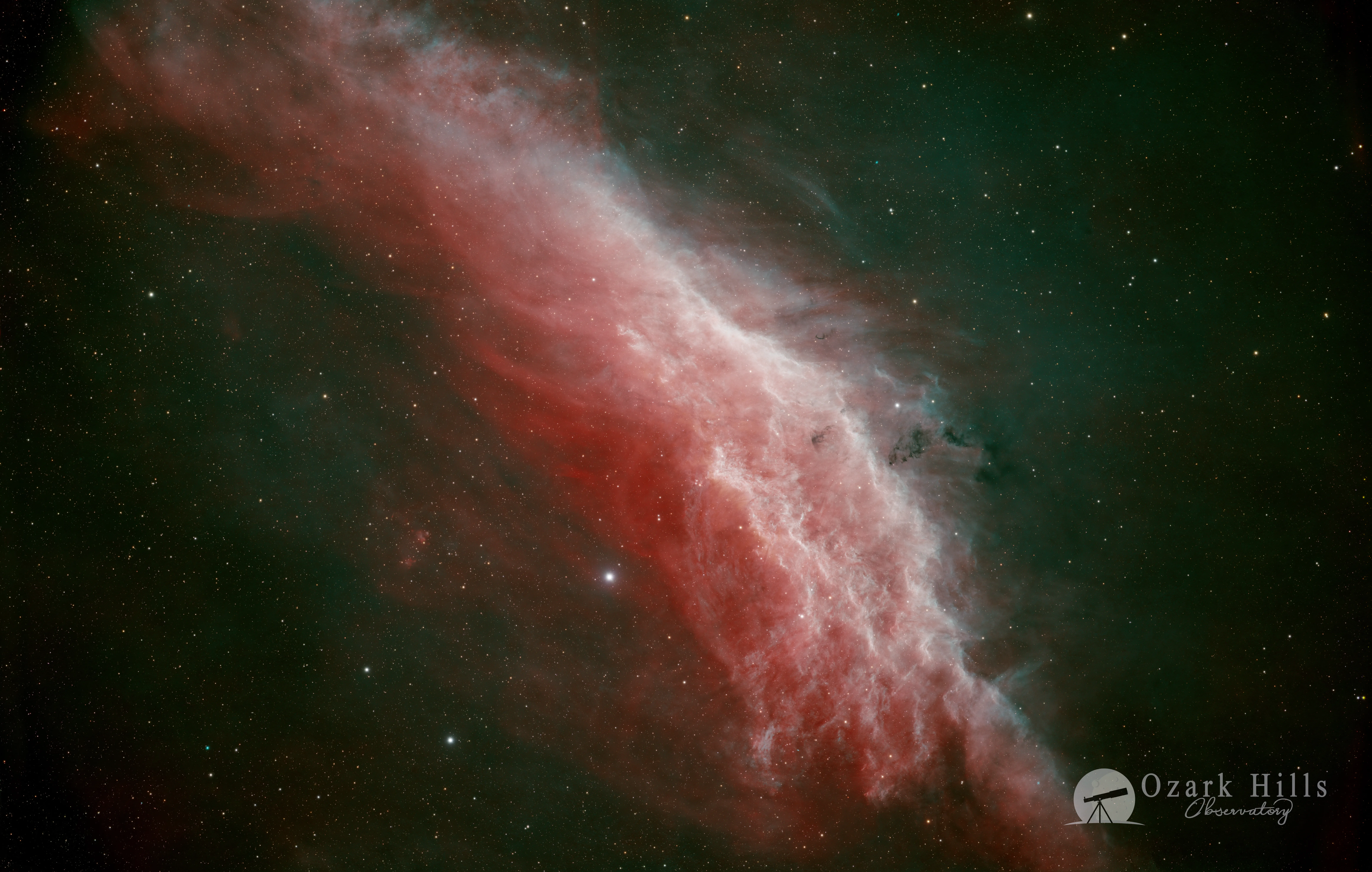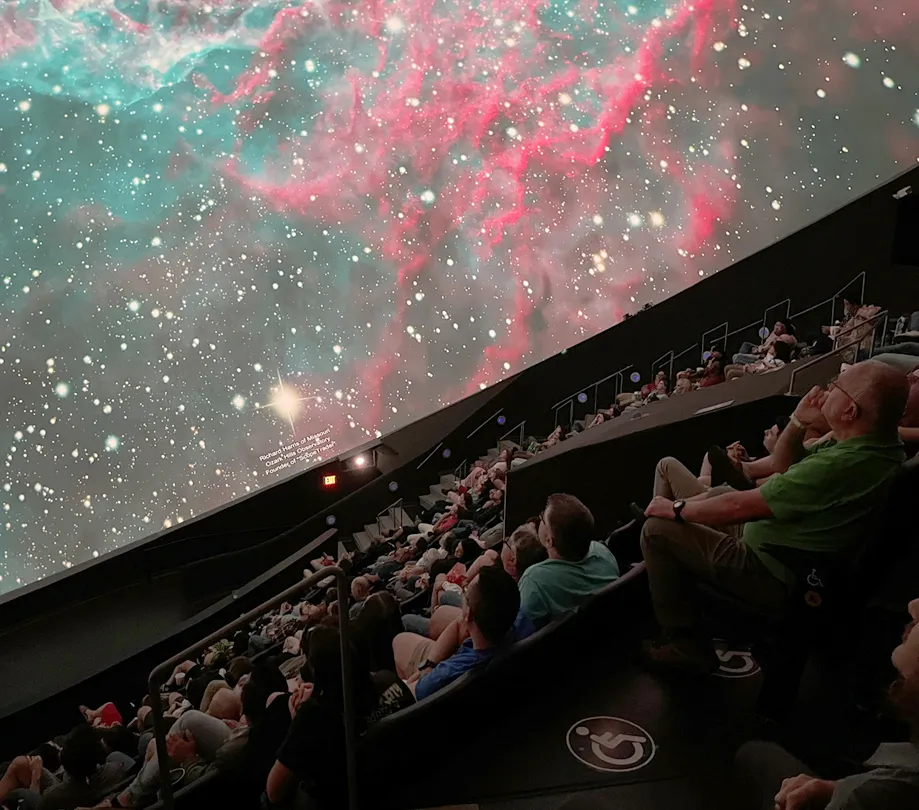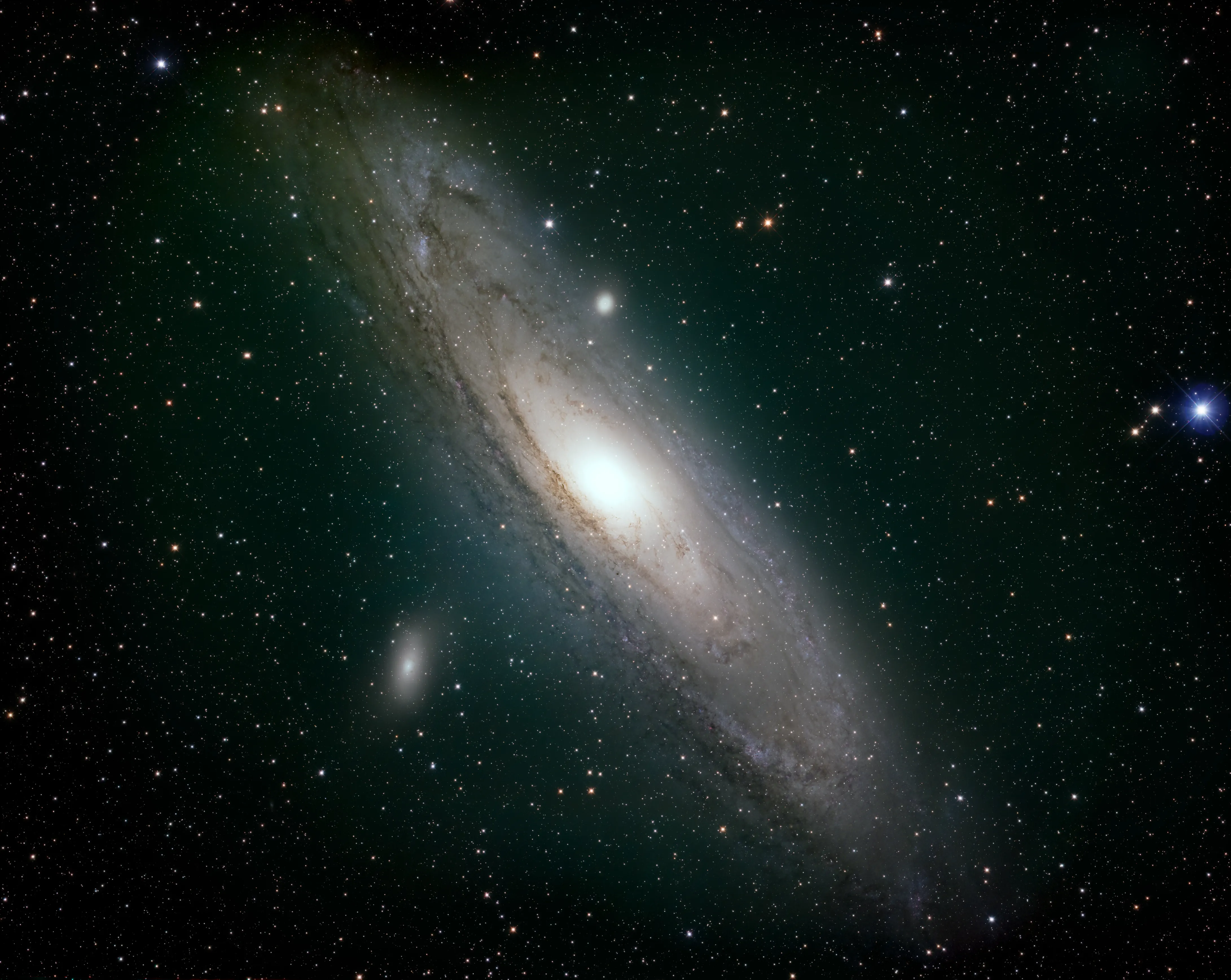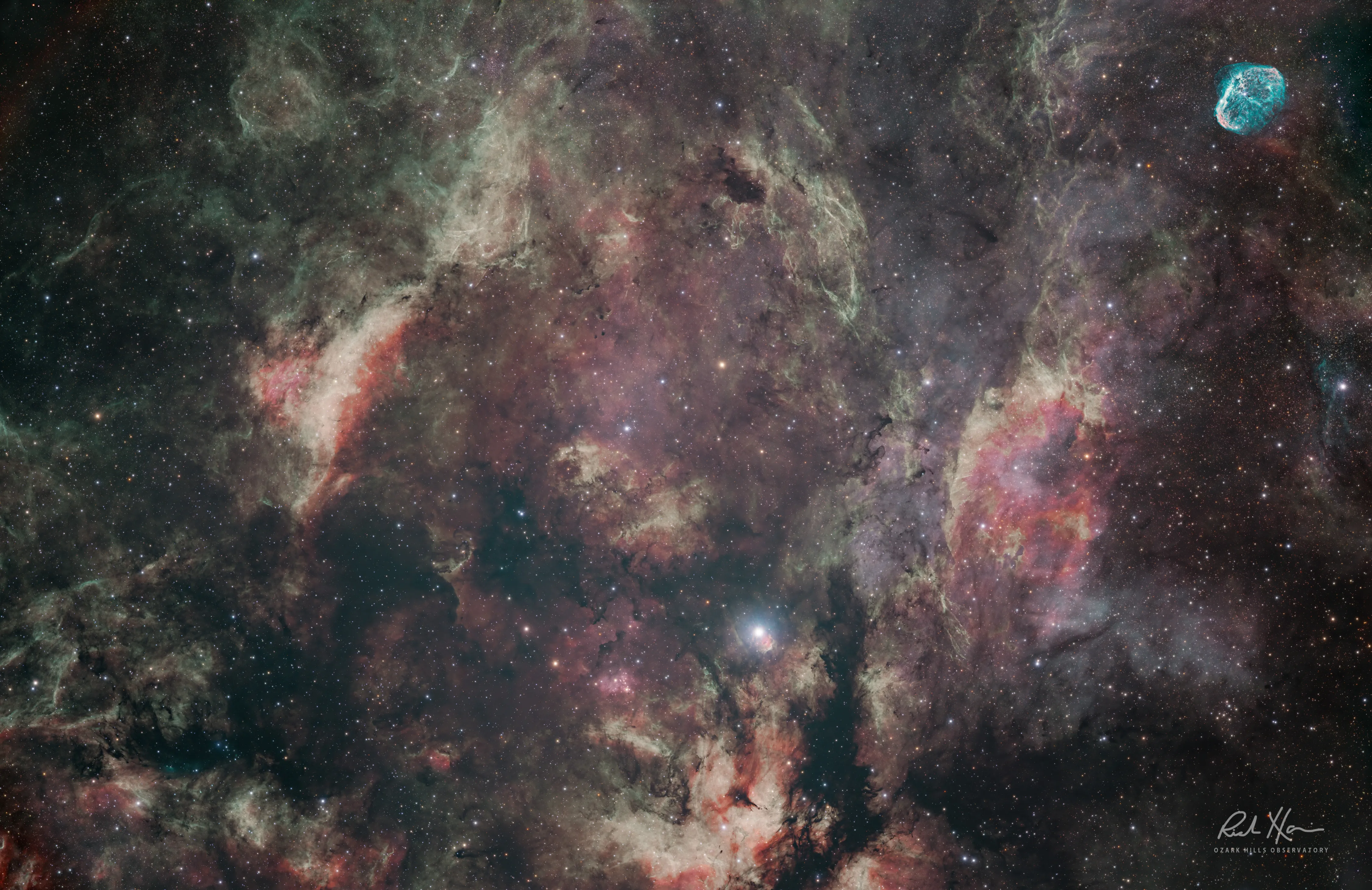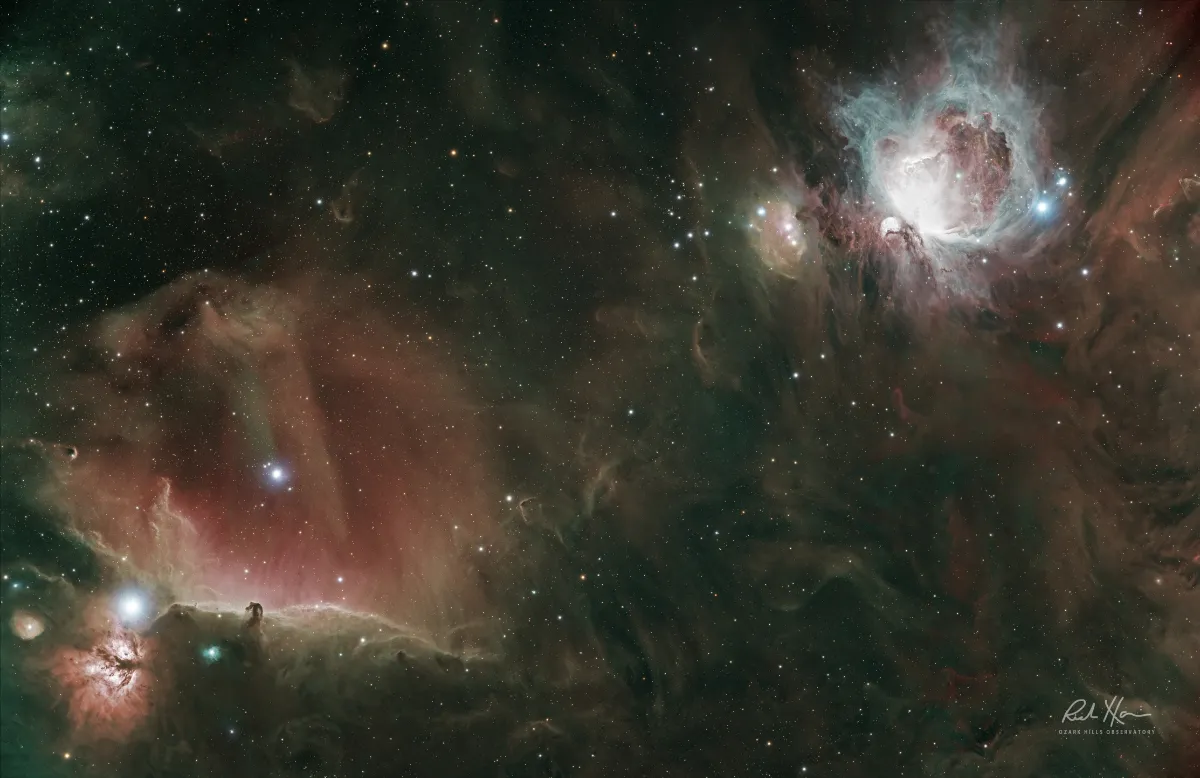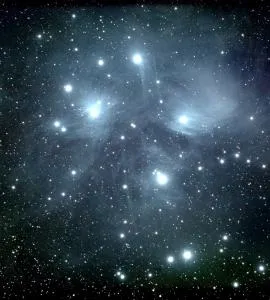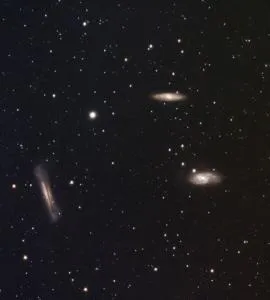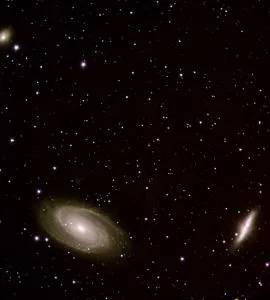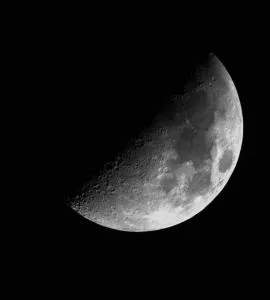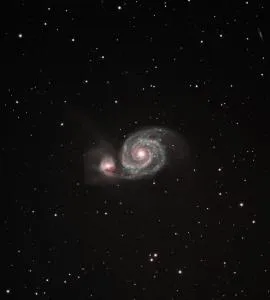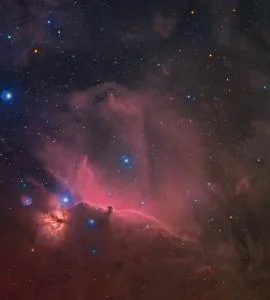Capturing Comet C2023 Tsuchinshan-ATLAS Over Springfield, Missouri
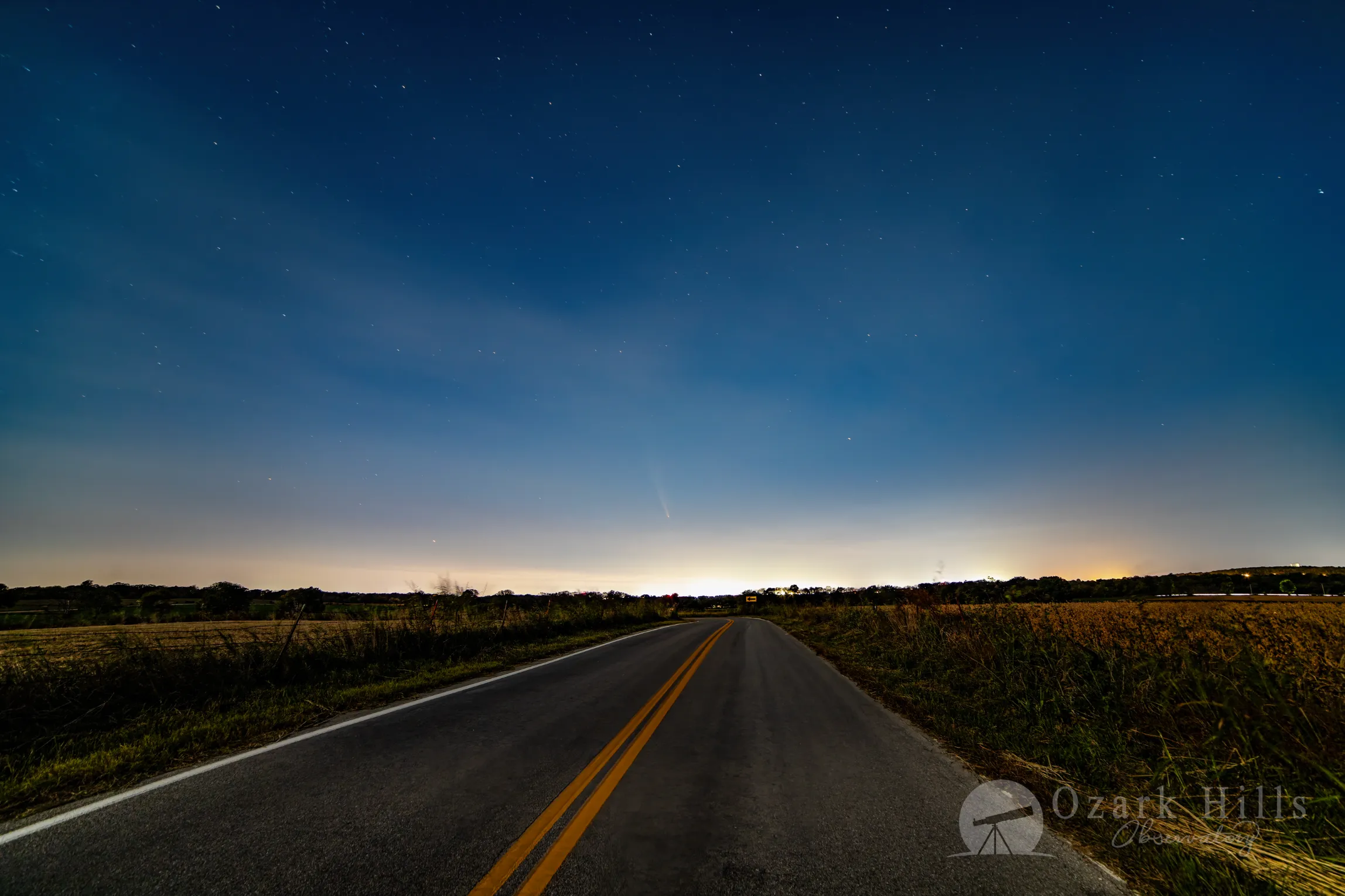
Capturing Comet C/2023 Tsuchinshan-ATLAS over Springfield, Missouri with my Canon 6D Mark II and Rokinon 12mm widefield lens—an astrophotography adventure highlighting the beauty of the night sky.
As an astrophotographer, one of the most exhilarating moments is when you’re presented with the rare chance to capture a celestial event that may not occur again in a lifetime. This past week, I had the incredible opportunity to photograph Comet C/2023 Tsuchinshan-ATLAS as it streaked across the skies over Springfield, Missouri.
The Setup: Canon 6D Mark II and Rokinon 12mm Lens
For this shoot, I chose my Canon 6D Mark II full-frame DSLR, paired with a Rokinon 12mm widefield lens. The Rokinon 12mm has been my go-to lens for widefield astrophotography, offering a fantastic, distortion-free view of the night sky, perfect for capturing the vastness of space while framing Springfield's skyline below.
I mounted the rig on a regular tripod with no tracking. This setup gave me the freedom to position my camera in various places around Springfield, searching for the perfect foreground to complement the comet’s luminous streak through the heavens.
The Chase for the Perfect Shot, and capturing Comet C2023 Tsuchinshan-ATLAS Over Springfield, Missouri
Comet C/2023 Tsuchinshan-ATLAS is a rare visitor from the Oort Cloud, and the window to capture it at its brightest was narrow. On October 13th, just as the comet made its closest approach to Earth, I headed out to an open field just outside the city. The comet was visible low in the western sky during twilight, rising higher each evening, but this night felt special. It was the moment I had been waiting for. No clouds, clear skies, an and a comet with an 80,000 year orbit!
Springfield's skyline added a touch of urban beauty to my frame. Balancing the brilliance of the comet against the quiet hum of the city lights proved to be a challenge, but a rewarding one.
The Moment of Capture
With my gear dialed in, I carefully framed the shot to include both the comet and Springfield in the foreground, creating a beautiful juxtaposition of celestial wonder and human civilization. I set my Canon 6D Mark II to a long exposure, giving the comet enough time to leave its distinct mark across the sky while keeping the city below in focus. The Rokinon 12mm lens worked beautifully, capturing a wide and immersive scene, allowing the viewer to experience the vastness of the night sky above our city.
When the shutter clicked, and the image began to process, I could already sense that I had captured something great.

Reviewing the Shot
Upon review, the photo exceeded my expectations. The tail of Comet Tsuchinshan-ATLAS glowed brightly, cutting across the sky in a trail of icy blues and whites. Springfield’s skyline lay below, almost serene in its stillness, with the comet appearing to hover protectively over the city. It felt surreal—this ancient visitor from the farthest reaches of our solar system passing over the Ozarks.
Final Thoughts
As an astrophotographer and the operator of the Ozark Hills Observatory, it’s experiences like this that reignite my passion for capturing the wonders of the cosmos. Seeing Comet C/2023 Tsuchinshan-ATLAS over Springfield, Missouri, was a profound reminder of how small we are in the grand scheme of things. It also highlighted the power of photography to connect our everyday surroundings with the awe-inspiring beauty of the universe.
With the help of my Canon 6D Mark II and Rokinon 12mm lens, I was able to capture a moment in time that reflects the delicate balance between earth and sky, city and comet—a fleeting event, forever frozen in a single photograph.
Stay tuned for more, and if you haven’t yet, don’t miss your chance to witness this rare comet for yourself.
About the Author
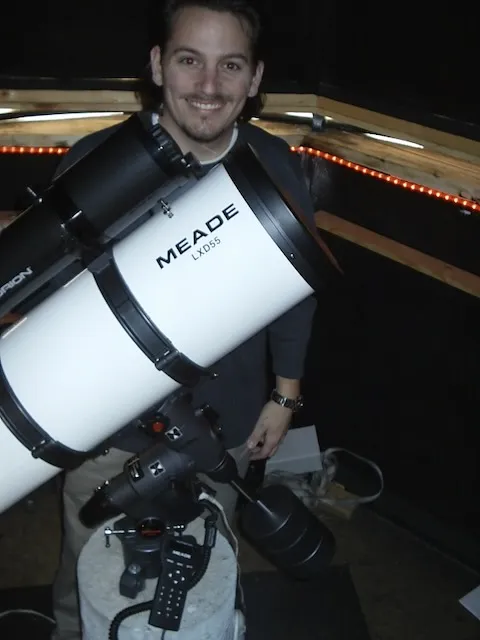
Meet Richard Harris. He is the founder and editor-in-chief of ScopeTrader, with over 30 years of experience in observational astronomy and astrophotography. He serves as the director of the Ozark Hills Observatory, where his research and imagery have been featured in scientific textbooks, academic publications, and educational media. Among his theoretical contributions is a cosmological proposition known as The Harris Paradox, which explores deep-field observational symmetry and time-invariant structures in cosmic evolution. A committed citizen scientist, Harris is actively involved with the Springfield Astronomical Society, the Amateur Astronomers Association, the Astronomical League, and the International Dark-Sky Association. He is a strong advocate for reducing light pollution and enhancing public understanding of the cosmos. In 2001, Harris developed the German Equatorial HyperTune—a precision mechanical enhancement for equatorial telescope mounts that has since become a global standard among amateur and professional astronomers seeking improved tracking and imaging performance. Beyond the observatory, Harris is a serial entrepreneur and founder of several technology ventures, including Moonbeam® (a software company), App Developer Magazine (a leading industry publication for software developers), Chirp GPS (a widely used mobile tracking application), MarketByte, and other startups spanning software, mobile, and cloud-based technologies. Driven by both scientific curiosity and creative innovation, Harris continues to blend the frontiers of astronomy and technology, inspiring others to explore the universe and rethink the possibilities within it. When he's not taking photos of our universe, you can find him with family, playing guitar, or traveling.

